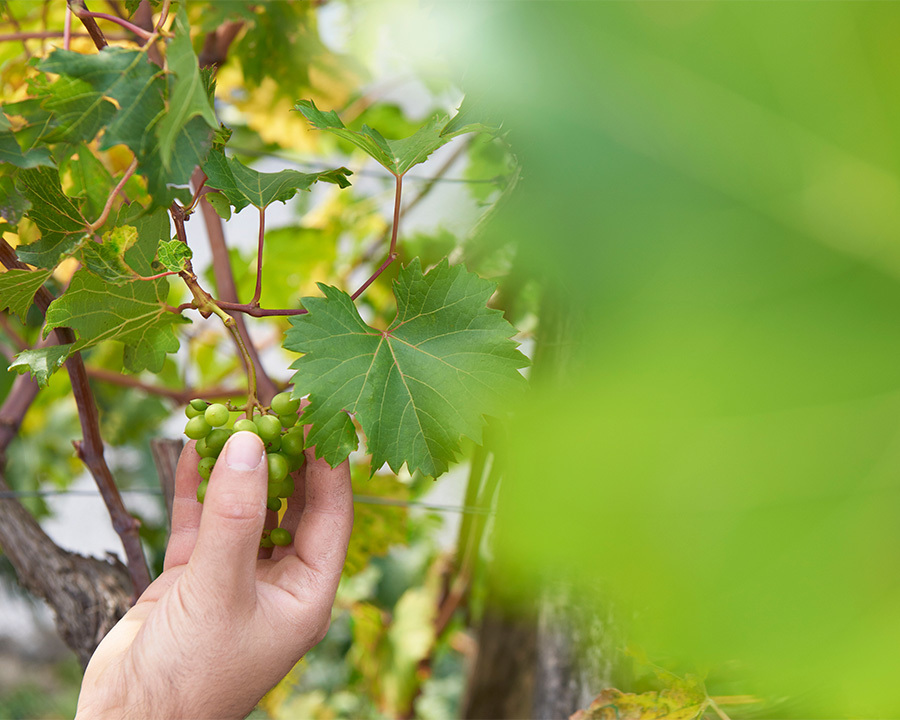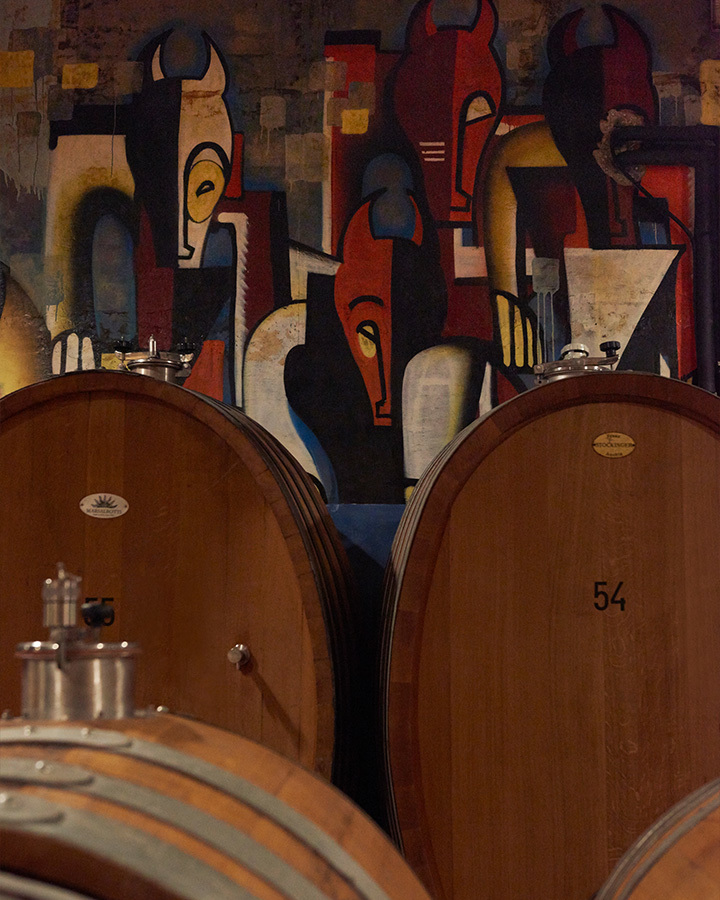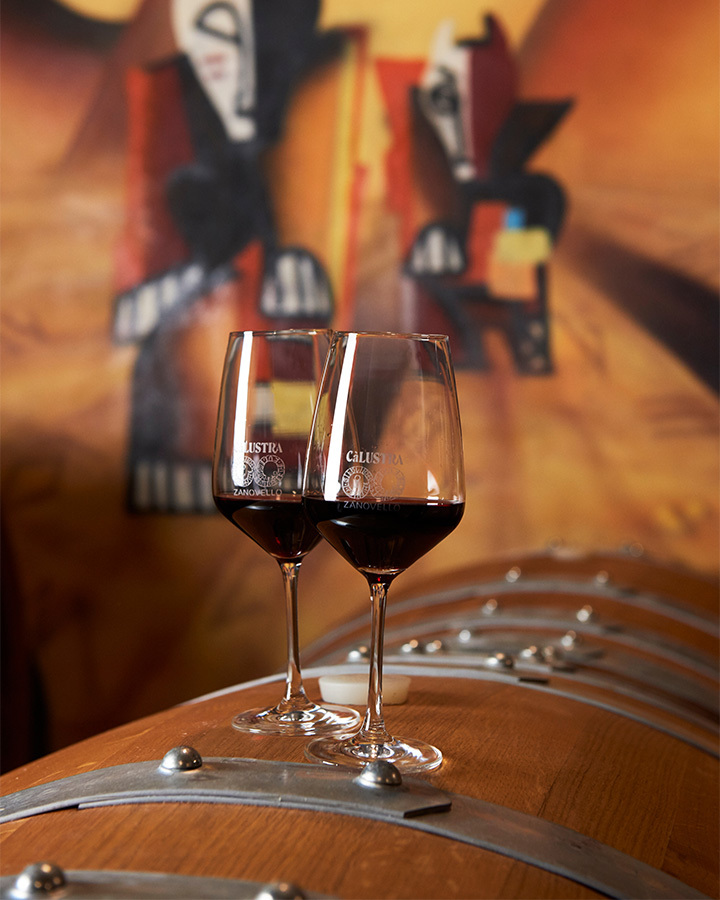Research and Development
Behind each wine lies a path of intuition, ambition and experimentation, this one aimed at curbing the effects of climate change and the environmental impact of farming practices.
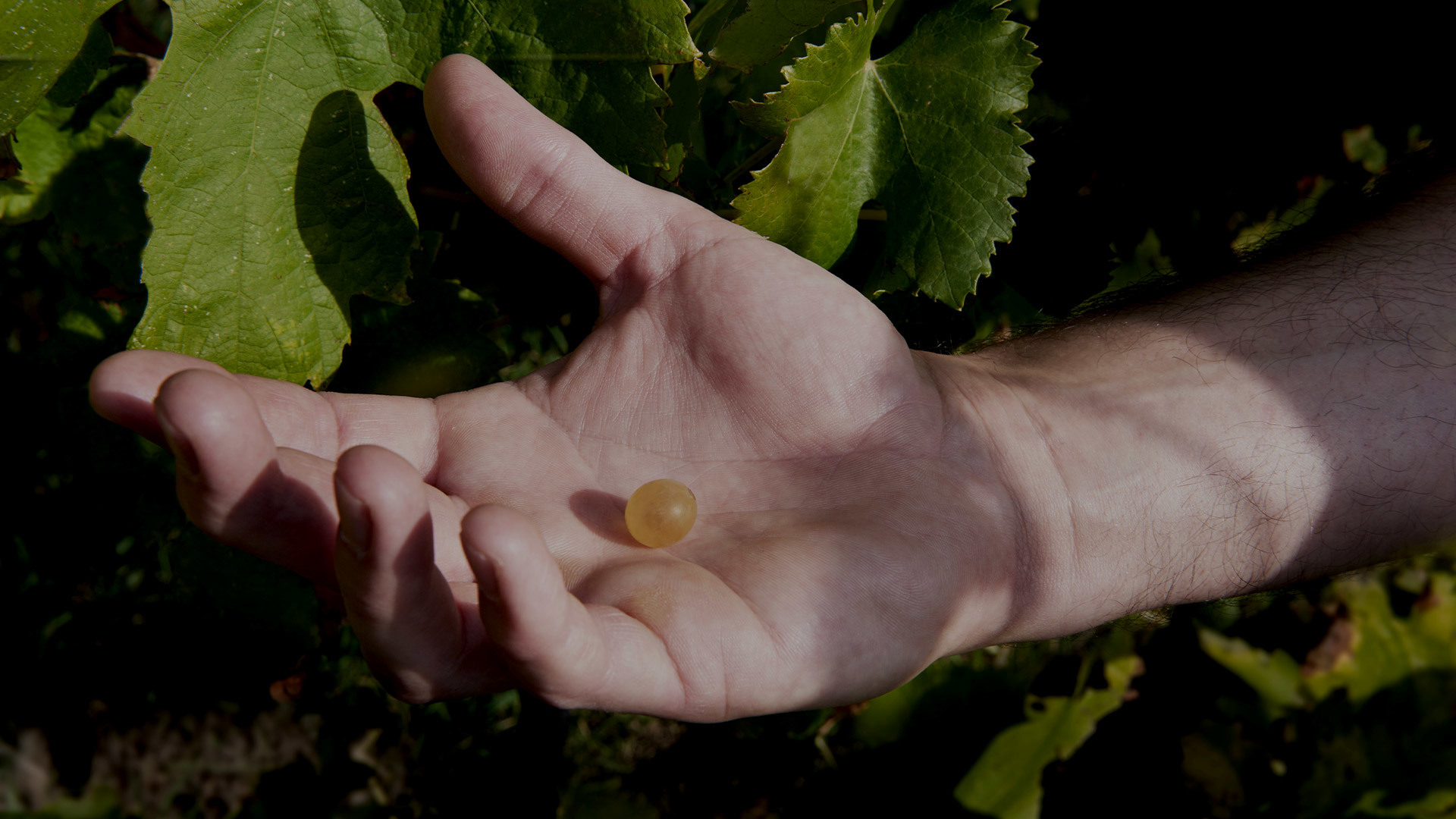
Author’s Proofs
The millennial history of wine-growing in the Euganean Hills has left us a gift of many ingredients for our oenological recipes and a varied and generous land on which (almost) everything ripens well.
The "Author’s Proofs" Project was created to better understand this richness. When we speak of an artist's proof in the world of printed art, we refer to a specific type of proof whose purpose is to verify the expressive effectiveness of a choice or technique. Before printing a work in a large print run, the author carries out a series of proofs, for example for the colour or the quality of the print itself. The "Author’s Proofs" are our proof books.
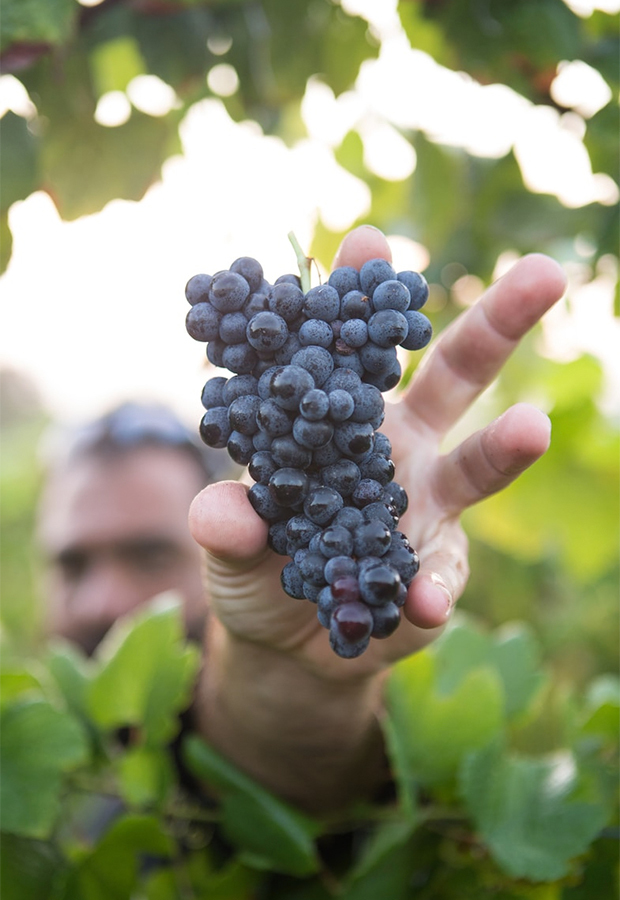
Here we experiment with different techniques of vineyard management and winemaking, recovering old native varieties and testing new ones. We do this by adopting practices and tools that increasingly reduce our environmental impact, convinced that this favours the expressiveness and quality of our wines as well as the protection of the environment, the aesthetic and cultural value of cultivation and the landscape, and the social and economic role of the agricultural enterprise.
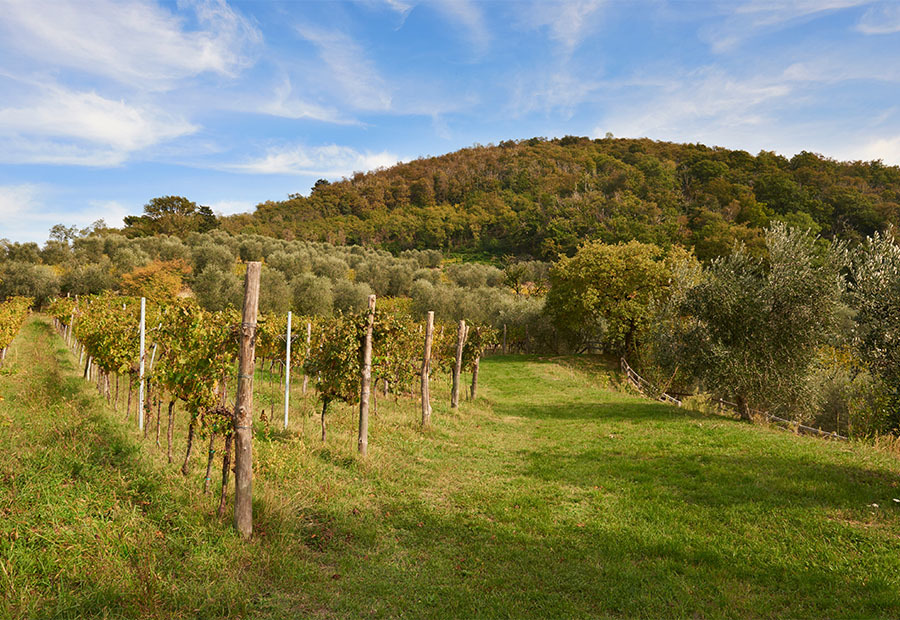
Each bottle tells a step of our journey through the Euganean territory. They are small and unique productions, between 100 and 1,000 bottles, filled from a single barrel and available in the cellar while stocks last. Even the packaging is experimental: each bottle has a unique graphic design, inspired by the wine and its history, created from time to time using different techniques. Our wish is for the Author Proofs to become an opportunity for sharing, comparison and knowledge.
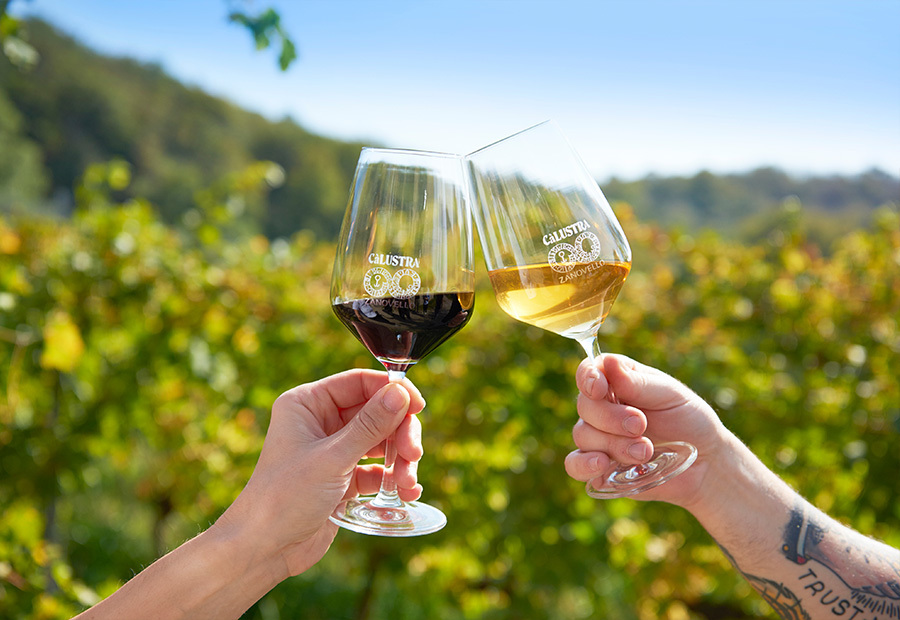
The Pinella
An ancient grape variety from the eastern shore of the Adriatic Sea, it is well suited for cultivation in warm, dry locations.
An ancient grape variety from the eastern shore of the Adriatic Sea, it is well suited for cultivation in warm, dry locations.
Our story with the Pinella
Our story about Pinella is one of enthusiasm, abandonment, recovery, intuition, research. Pinello wine was among the first bottles we produced in the late 1960s, then neglected in favour of more profitable vinification. The occasion for the first return to strength of Pinella (although we never actually abandoned its cultivation) was when we joined a project to recover old Euganean varieties, in order to ensure protection for the Veneto's ampelographic heritage. With the vinification of the early 2000s, we became aware that Pinella would be an important resource in the years to come. We therefore reintroduced around 2,000 plants on Monte Venda with the intention of lightening the alcoholic content in the Incrocio Manzoni, thanks to its high acidity and its ability to keep the alcohol content low without ever taking on heavy tones. We soon became convinced that Pinella's expressive potential could go beyond its use as a blending grape.
Pinella is a fragrant, floral grape with a good acidity that lends itself well to frothing. The path we chose was therefore the artisanal one of re-fermentation in the bottle, without added sulphites.
For us, this wine represents a return to the origins of local tradition: in the 1960s, white wine was sold in demijohns and bottled by customers to be drunk after a few months of re-fermentation in the bottle, a little sparkling and still a little sweet.
The variables in the production of Pinella are many, and not every year do we get the fresh and expressive wine we want, in the timeframe we would like. That is also why production is still marginal.
On the other hand, we have few doubts about the grapes: they are an important resource for keeping our driest and hottest soils productive. Where the Merlot is beginning to boil over, the Pinella grows healthy and offers surprising results.

